Pascal Lee is a leading planetary scientist known around the world for his research on water and the possibility of life on planets, the future human exploration of Mars and the search for extraterrestrial intelligence in the universe. He was born in Hong Kong, spent his childhood there, grew up in France where he studied physics and geology at the University of Paris, then went to America to earn a PhD in astronomy and space sciences at Cornell University where he became Carl Sagan’s last T.A. (Teaching Assistant). He now lives in San Jose, California, where he works with the Mars Institute, SETI (Search for Extraterrestrial Intelligence) Institute, and NASA Ames Research Center.
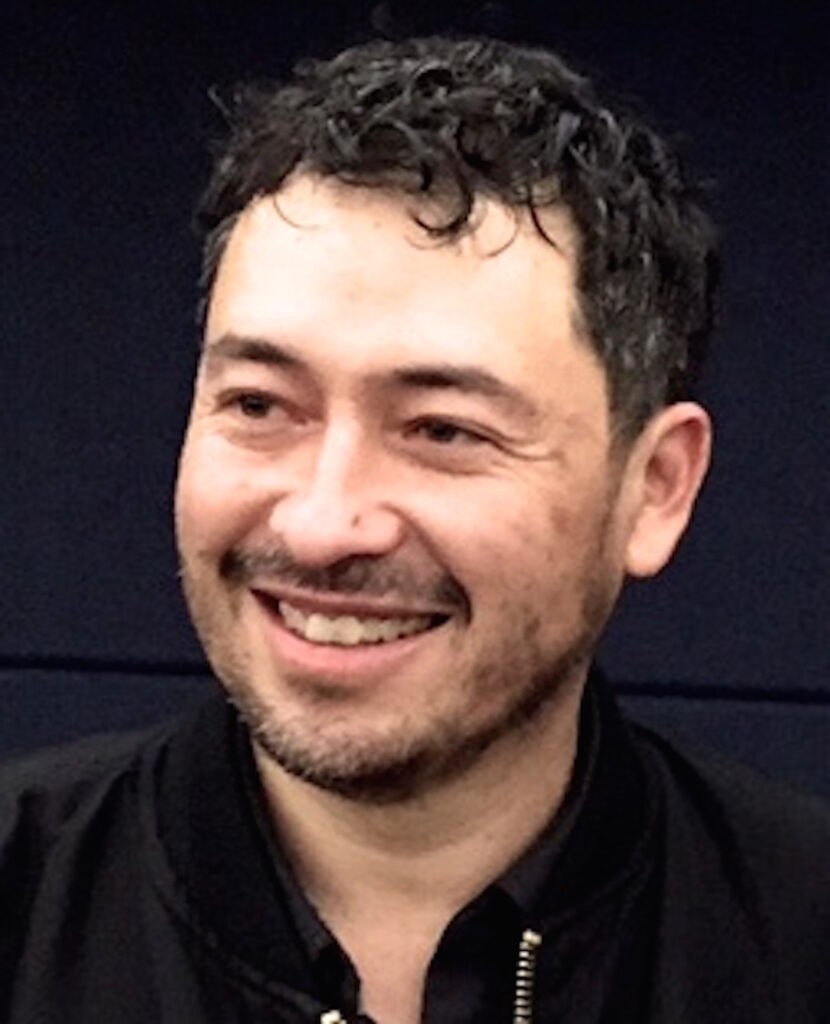
Pascal Lee
Pascal Lee has been drawing since childhood and began painting with oils in recent years. In his own words, “I paint about space and time, and our tiny yet hopeful place in their vastness”. He is truly a defining artist of the Space Age, as he was born at its dawn and is deeply engaged in the advancement of human space exploration. His artwork captures humanity’s first attempts to reach other worlds. Pascal Lee is best known for his paintings of Mars, the planet whose exploration he has contributed to the most. His paintings often depict both the monumental features of the Red Planet and the daunting challenge we face in exploring this world. Lee’s artwork embodies the moment in time when humanity becomes aware of the true magnitude of its small place in the cosmos and yet bravely undertakes to venture out and explore.
Pascal Lee describes himself as a spacetime artist. He jokes that he has a spacetime machine in his garage which he uses, ‘at considerable personal risk’, to explore the depths of space and time. But might this be true?… To see more of his artwork and links to acquire it, visit: www.pascallee.net.
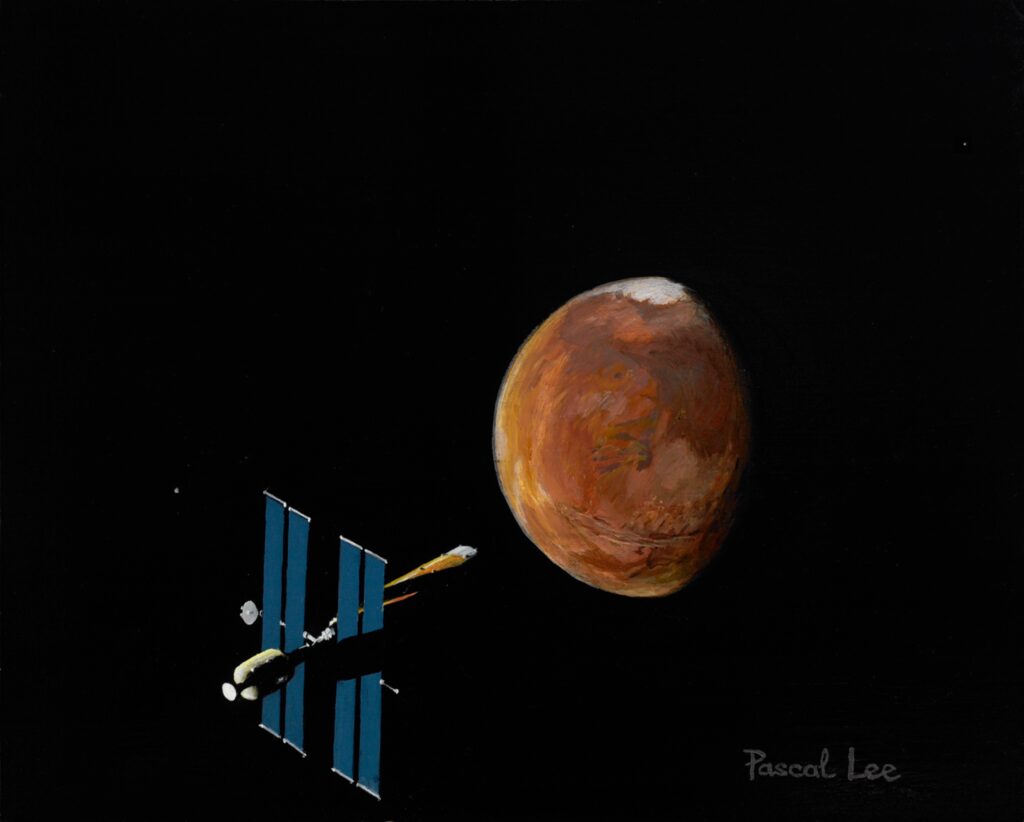
Arrival At Mars-Noctis Landing In Sight-2018
What’s your artistic background?
My father was an architect and could really draw. I learned to sketch watching him. But his artwork was always in black and white, in pencil. My mother, on the other hand, loved colors. She worked in the garment industry, and I used to love her big catalogs of just colors. I think I owe my love of art, especially painting, to both of them. In middle and high school, I learned to paint and sketch, and was awarded my school’s art prize every year. My drawings were of our tiny place in space and time already then. I was really intrigued by the nature of space and time, the vastness of the universe and the ephemeral shortness of our lives. I often drew time machines, the end of the world, the apocalyptic end of civilizations. ‘End of the World – Orange’ is a painting I did when I was 12 years old. But as much as I loved art, I loved science even more. I wanted to become a scientist. Not an artist who enjoyed science, but a scientist who would do art.
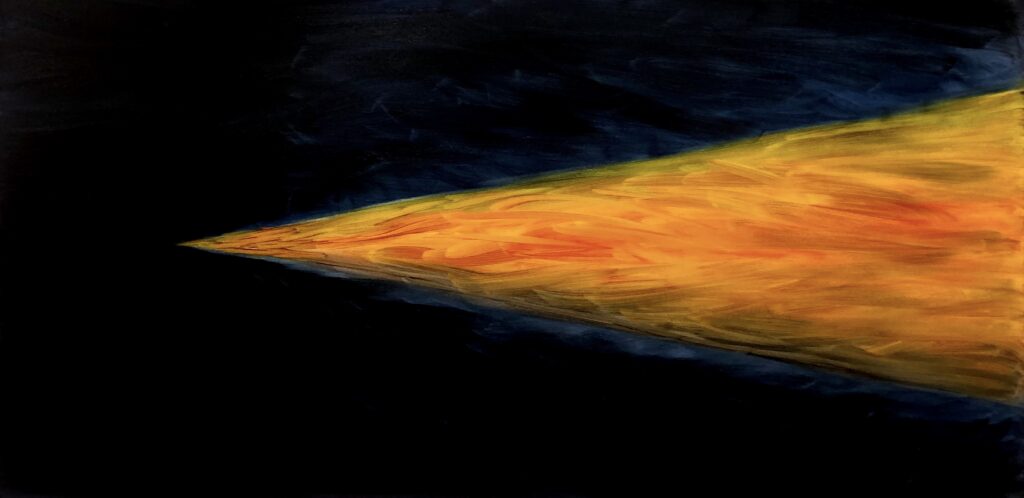
Arrow of Time 2021
What’s integral to the work of an artist?
From age 20 to 40, I almost did not make any art. I felt I had to focus on science, and art would be a distraction. But then I began to miss art. I decided in my 40s that, through art, I would share some of my scientific ideas and dreams with more people. Art to me is about creating and sharing a record of the artist’s perspective and vision. Even abstract art – and perhaps abstract art especially – can convey important physical concepts in space and time.
What role does the artist have in society?
Artists create and share novel perspectives. They trigger excitement sensors in our brain. Even when an artist’s sole goal is to create something just aesthetically pleasing and not of some profound significance, our mind is tickled, our thinking broadened.
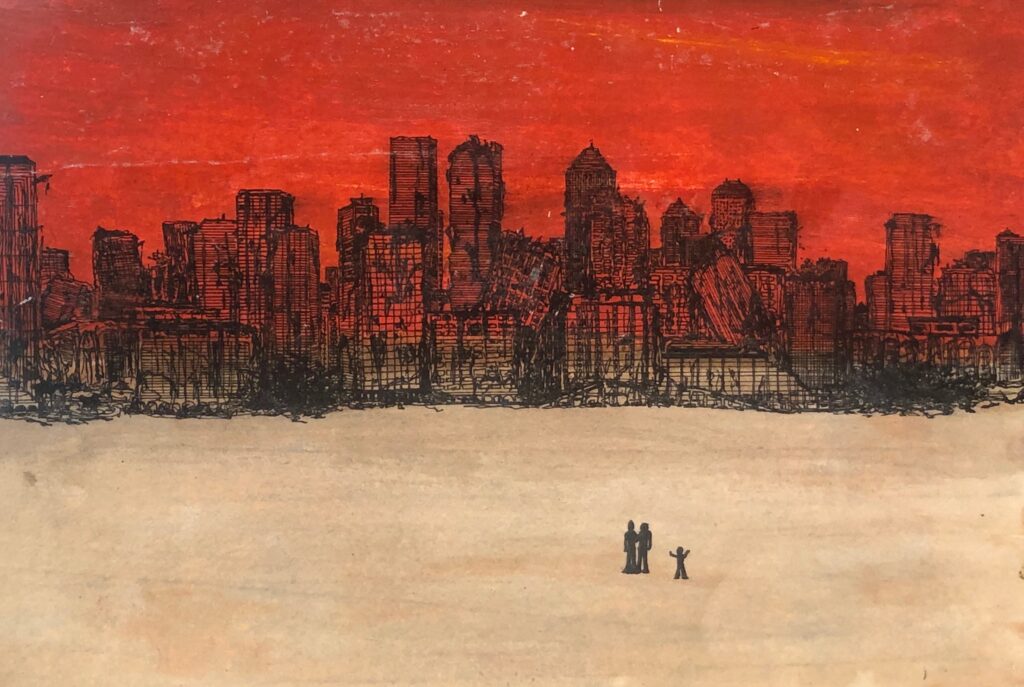
End Of The World-Orange-1976
What art do you most identify with?
The artwork I create is sometimes called space art. But I don’t think it fits any existing box. At the very least, it would have to be a spacetime box. I try to fill a void – figuratively and literally, in space and time. My inspiration is our wonder for the unknown, the not-witnessed, past, present or future. Our distant past is not one of gardens of Eden, but of planetary scale impacts and magma oceans. Our future in the Galaxy is not one of Star Wars-like crowded fantasy, but of profound lonesomeness and abyssal interstellar emptiness. Through science, humanity’s awareness of its true place in space and time has been revolutionized within the span of just a few decades, and I feel drawn to explore our newly gained perspective in art.
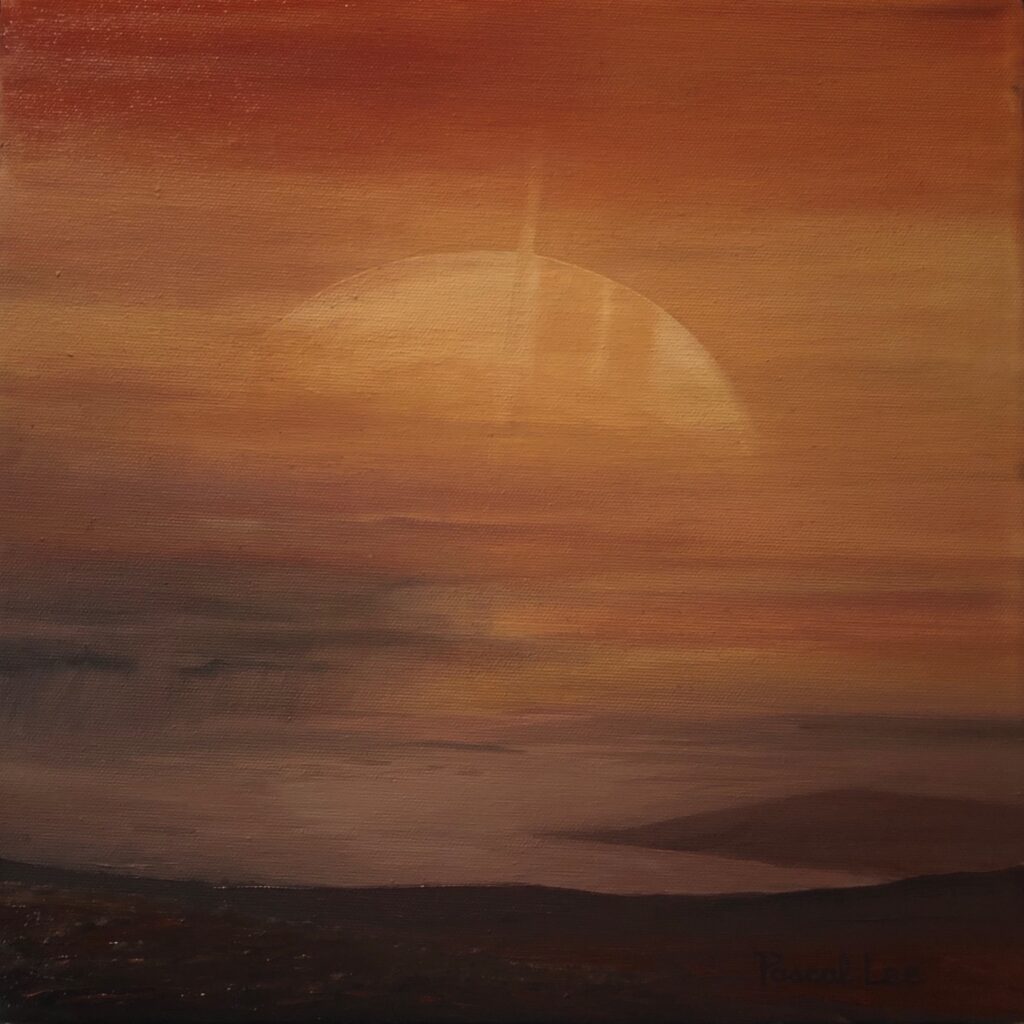
Saturn From Titan
We tend to think of the depths of space and time in abstract, theoretical terms. We think of astronomers as dreamers. But it’s just the opposite. Most of us go about our daily lives preoccupied by ‘practical’ concerns that are, in the end, unimportant. We are often much like the merchants in Pompei the day before its destruction. There is a colossal cosmic reality looming above and around us and that is the real context of our ant colony lives.
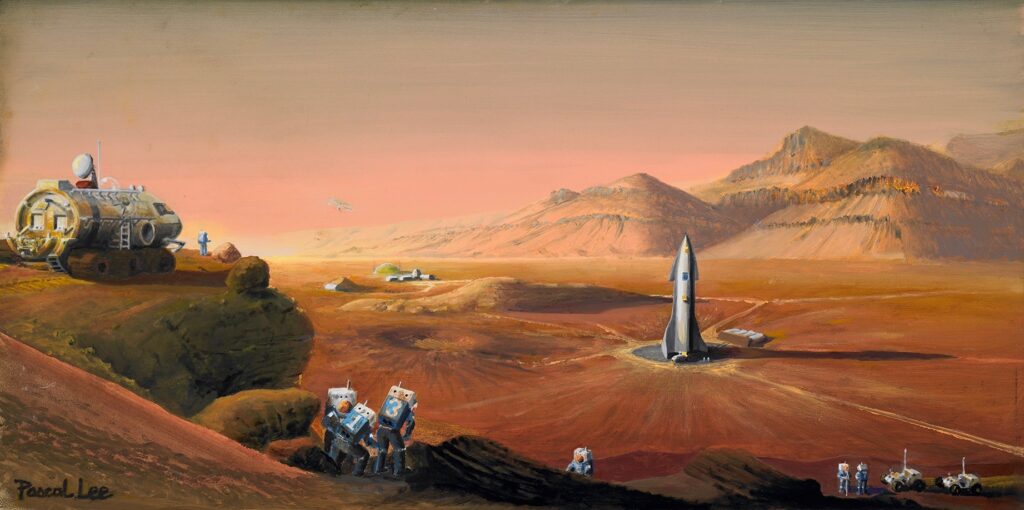
Exploring Mars-2021
What themes do you pursue?
Space, time, exploration, our cosmic insignificance and yet hopeful future. I paint in particular about Mars, our endeavor to reach and explore that planet, the monumental challenges we face. As a planetary scientist, I am spending my life studying the best ways for humans to explore Mars: spacesuit designs, surface vehicles, habitats, aircraft, spacecraft. My paintings incorporate these concepts, what we’ve learned from our field studies on Earth and the remaining uncertainties. I have an optimistic view of our future in space, but I shy away from painting it as an easy, rosy process. My spacesuits are dirty, gritty. Rovers will break down. Habitats are engulfed in dust storms. I think it’s pragmatic optimism. We should go explore, but it’s dangerous, risky, uncertain. Radiation zaps, dust permeates, fog rolls in. Success is uncertain. Failure is likely.
What’s your favourite art work?
I am usually most excited about the piece of artwork I am working on, or perhaps the next one I’ve begun to think about. When I paint, I have a true sense of travel. I am on some open-ended journey through space and time. It’s exciting to be in that moment, in the present of painting. Spaceships get constructed. Landscapes take shape. The clock ticks. Looking back at my recent paintings, my favorite might be ‘Mars Astronaut’. I think I like it because I imagine a young person today in the future. Someone we don’t know yet, but whose experience on behalf of humanity I’ve begun to capture. Will it be a man or a woman? Where on Earth will he or she be from? The name tag is left blank. That future has yet to be written.
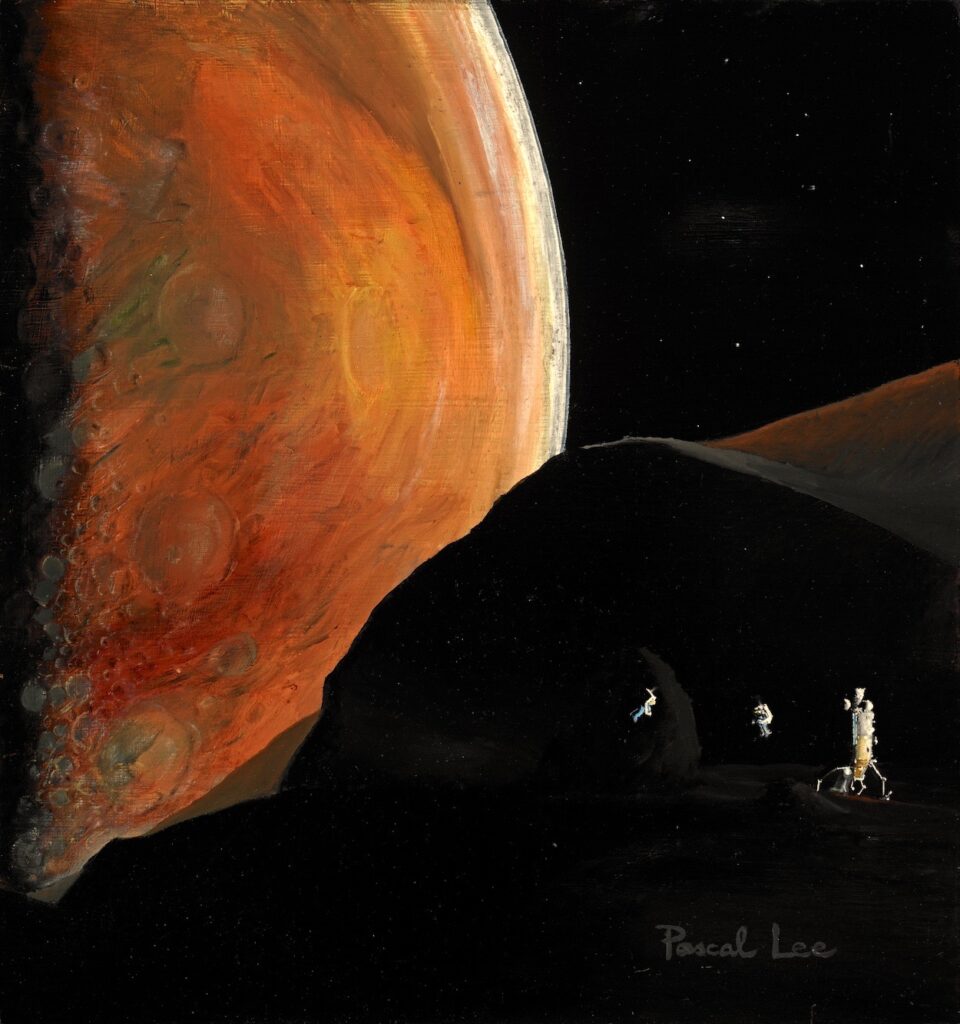
Human Exploration Of Phobos
Describe a real-life situation that inspired you.
One of the most transformative experiences I’ve had in my life is to try on prototype Mars spacesuits in the Mars-like desert landscape of Devon Island in the Arctic. We have been testing the design of future Mars spacesuits on the NASA Haughton-Mars Project, the field research project I lead, for over two decades now. We have been closing in on a good design for the Mars spacesuit, a design likely to survive Mars’ abrasive, gritty, unforgiving environment. I painted ‘Mars Astronaut’, to show what this spacesuit will look like, but also to share the imagined experience of being in it on Mars.
What jobs have you done other than being an artist?
I am an active planetary scientist. I don’t hold other jobs. I don’t think of being an artist as another job. It’s all part of the one same desire to explore. Maybe just different expressions of it.
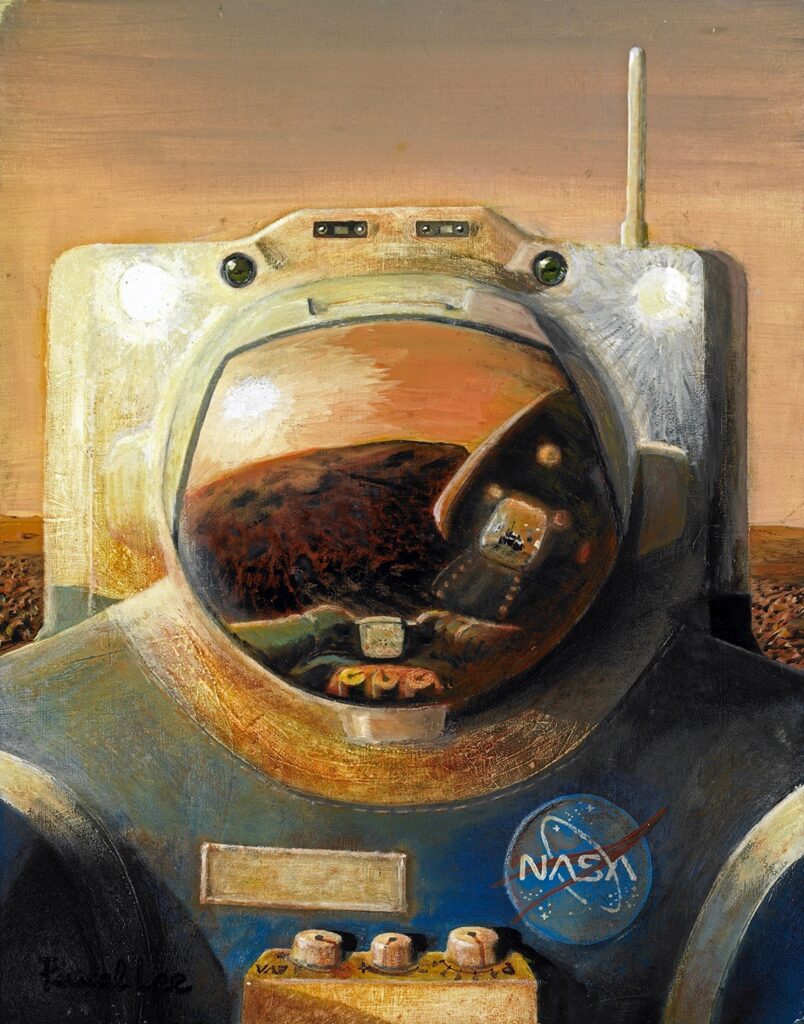
Mars Astronaut-2020
Why art?
Art and science are old friends. They don’t oppose each other, but complement each other. Both are about conceptualizing and sharing our perspective and understanding of the universe around us. Science of course is governed by rigorous method and discipline. Art allows us to freely unleash our imagination and share our wildest visions. In my mind, they balance each other. But I also use art to depict the past, especially disasters and other life-altering events. What comes to mind is my painting titled ‘The Front-liner’, which I made near the beginning of the COVID-19 pandemic.
What is an artistic outlook in life?
I draw and paint when I wish to explore a new idea, share a new perspective, or just wander through spacetime. I think of art as my spacetime machine, and my artwork as my travel log. Your question about artistic outlook in life is really interesting. I think I use art to look even farther out and deeper in than I can with only science. Time travel for instance, which science says cannot be done in reverse, is in some ways possible with art in any direction. So from my perspective at least, the artistic outlook serves to broaden one’s reach beyond what physics alone allows. For instance, I grew up in Hong Kong, and have always known the place as a bustling city. But I have often wondered what it was like before humans had ever set foot on the island. This prompted me to paint ‘Prehistoric Hong Kong’.
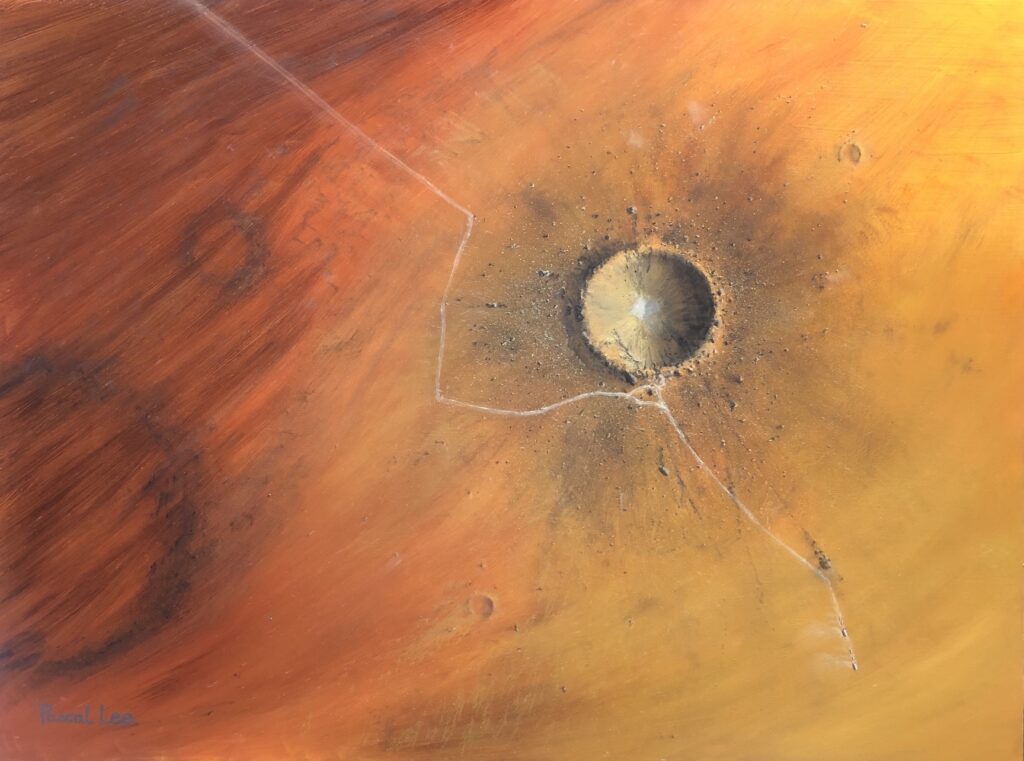
Mars Crater Drive-By-2020
What memorable responses have you had to your work?
Ever since I’ve been drawing as a child, I have felt warmly supported by the kind words of encouragement from my family and friends. But the most astonishing response I experience is always when someone I don’t know wants to acquire my artwork. Far beyond the material gain of selling a piece, it’s the satisfaction and happiness that comes from realizing that someone out there likes and believes enough in your art, to want to acquire your work.
What food, drink, song inspires you?
I love food, from all over our planet. Authentic foods from each country, and also fusion foods. I don’t drink alcohol, but I do enjoy coffee, tea, and exotic fruit juices. One of my favorite songs is Pharrell’s ‘Happy’. It makes you exactly that. I also love the Amplifetes’ ‘Blinded by the Moonlight’. But when I paint, I like to listen to wordless motion picture soundtracks, for instance ‘Time’ by Hans Zimmer, from the movie ‘Inception’, and also his themes for the movie ‘Interstellar’. For some reason, I also paint to Ravel’s ‘Bolero’. It is so epic. I think it works well with the Martian landscape. That said, I don’t think of food, drinks, or music as inspirations, as much as accompaniments to the joy of doing science or art.
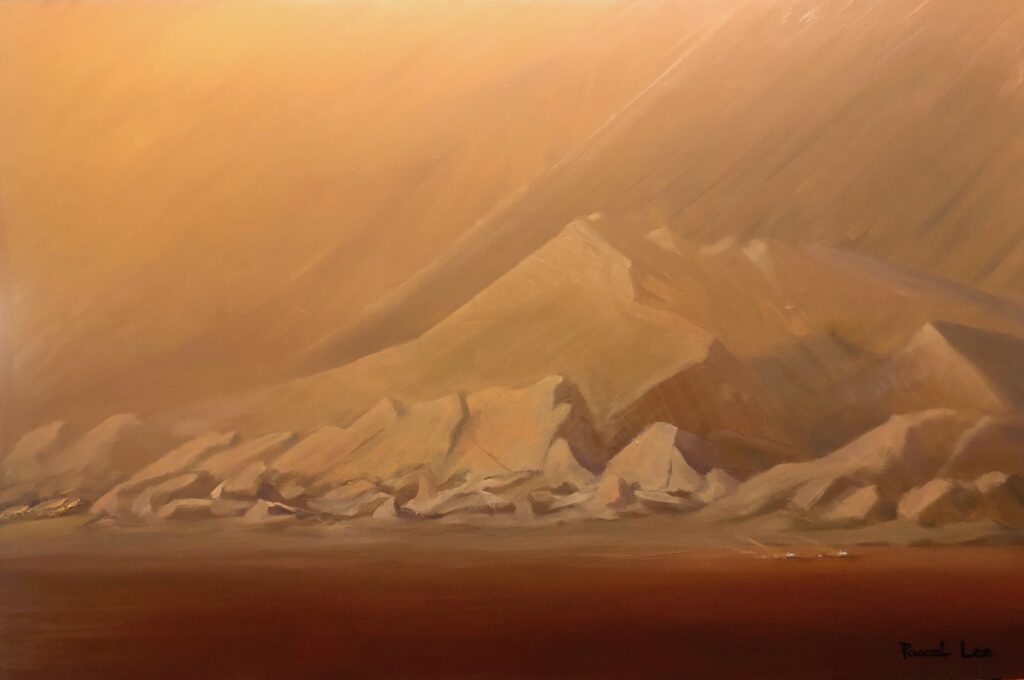
Morning Fog In IusChasma Mars-2021
Is the artistic life lonely? What do you do to counteract it?
I think that both a scientist’s life and an artist’s life must have many lonely moments in order to thrive. We need the alone time to learn, think, imagine, reflect. But I really never feel lonely. I have a loving family and good friends. I also have the loyal support of my dog, Apollo. Dogs connect us to nature and to the depths of who we are.
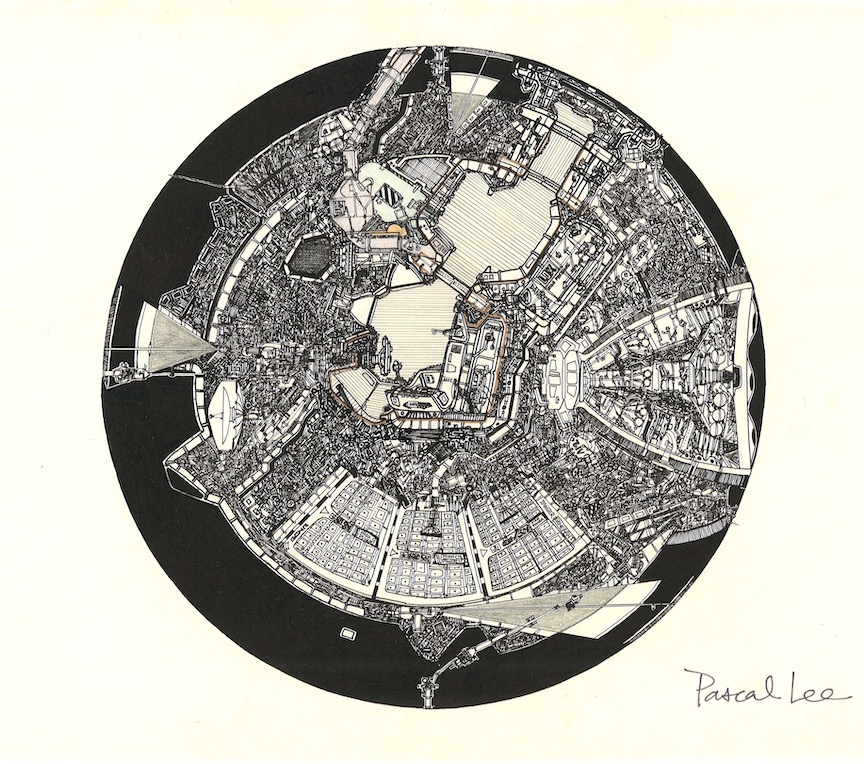
The Ball-A Personal Spacetime Transport
What do you dislike about the art world?
I tend to think of art and science as pursuits that must be honest, deliberate, and meaningful in order to be worthy. Art must have intent and meaning at least from the artist’s perspective. I don’t consider productions with unintentional or meaningless content to be art. Without intent and meaning from the artist, a painting is not distinguishable from just ‘medium on support’. This is particularly true in my view for abstract painting. Abstract painting without an artist giving it meaning is at best a decoration. While I often depict space with realistic paintings, I often resort to abstract painting to depict time travel, as in my recent painting titled ‘Arrow of Time – 20210528’. In physics, the ‘arrow of time’ is the concept whereby time advances only in one direction, from past to present, unlike the dimensions of space through which we can travel back and forth. As time advances, the past recedes but also expands.
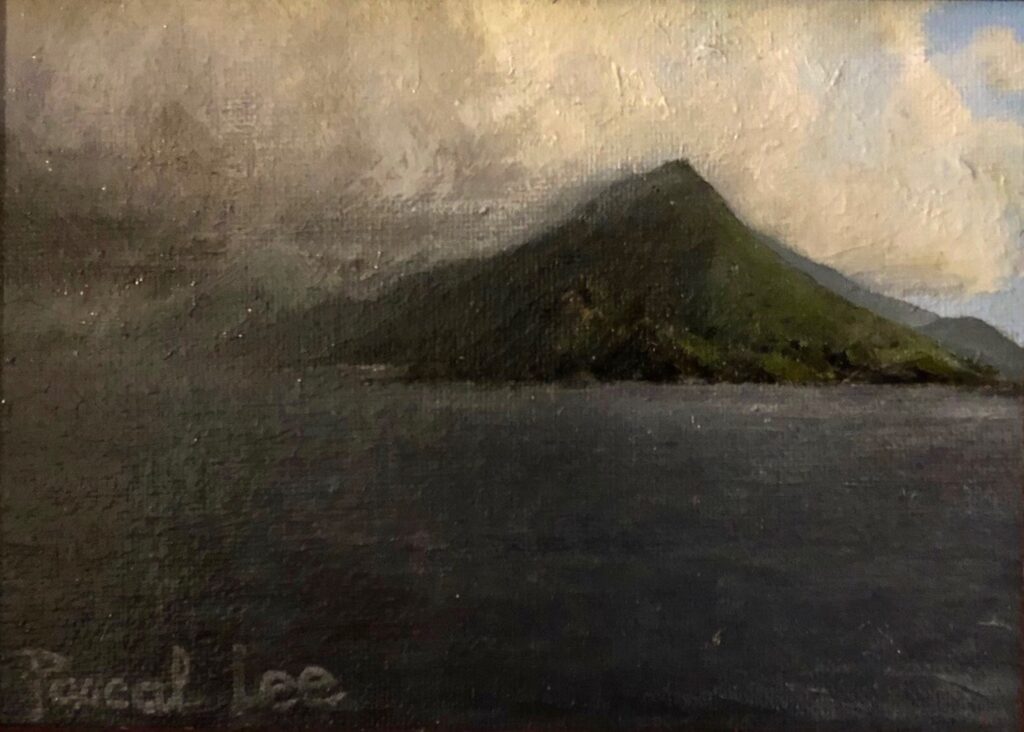
Prehistoric HongKong-2018
What do you dislike about your work?
Beyond Mars, I find Titan, Saturn’s largest moon, to be a fascinating world. It has a thick hazy dark orange atmosphere. Here is what Saturn and its rings, seen edge-on, might look like from Titan.
What’s the best piece of advice you’ve been given?
‘Aspire to be the best in what you do’. I was given this advice from one of my science mentors, Albert Ducrocq, when I was a teenager in France. It is of course a tall order to achieve, but something one should aspire towards. It emphasizes quality over quantity or any other metric. It also means that one should strive to excel, including to surpass oneself.
Professionally, what’s your goal?
As a scientist, my hope is to make good, lasting contributions to human knowledge about the cosmos, and how we should go about exploring it responsibly in the future. As an artist, I hope to succeed in sharing my dreams and vision of us traveling through space and time, and the wonderful experiences that still await us. I hope to live to see my paintings acquired and collected, and my ‘SpaceTime Machine’ sculpture project realized.
Future Plans?
I have more paintings to complete. I am also working on a book on the Human Exploration of Mars, which will feature a selection of my paintings. Plus the ‘SpaceTime Machine’ sculpture project. Anyone around the world interested in my artwork should feel free to contact me through my website.


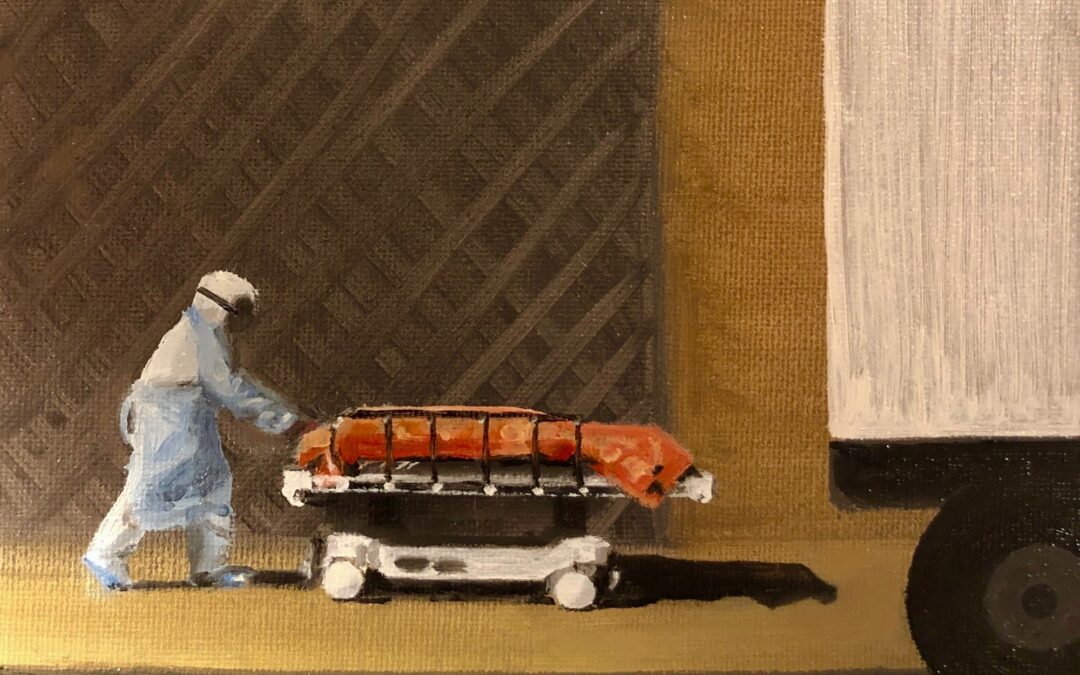

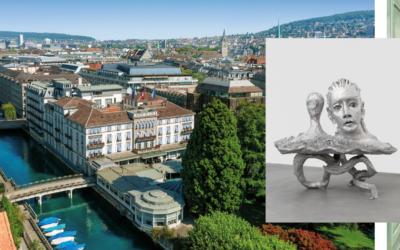
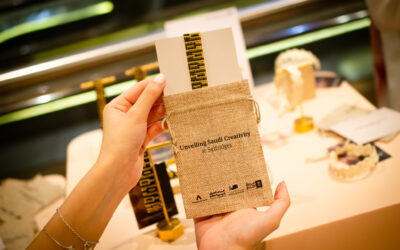
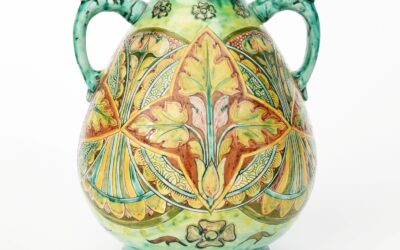

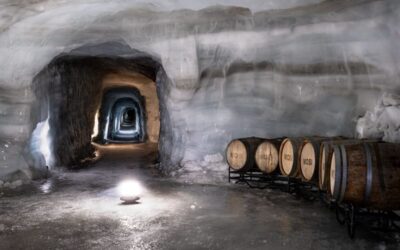
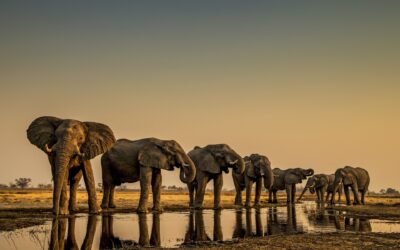
Thank you for interviewing me, Ms Balani. It was a privilege for me to share my thoughts with you.